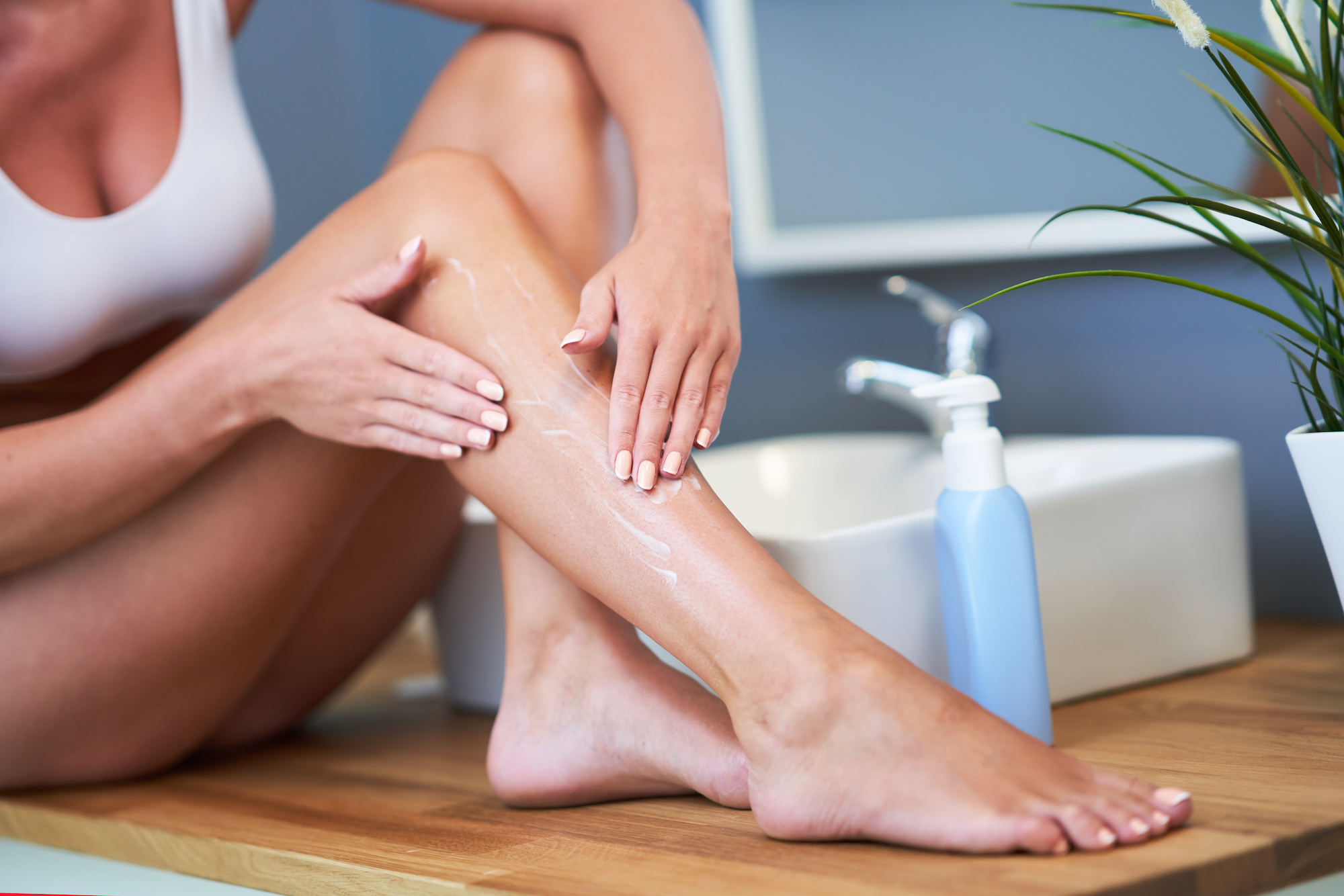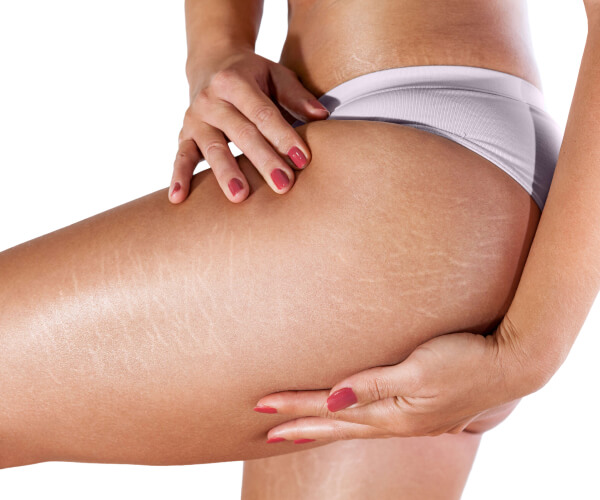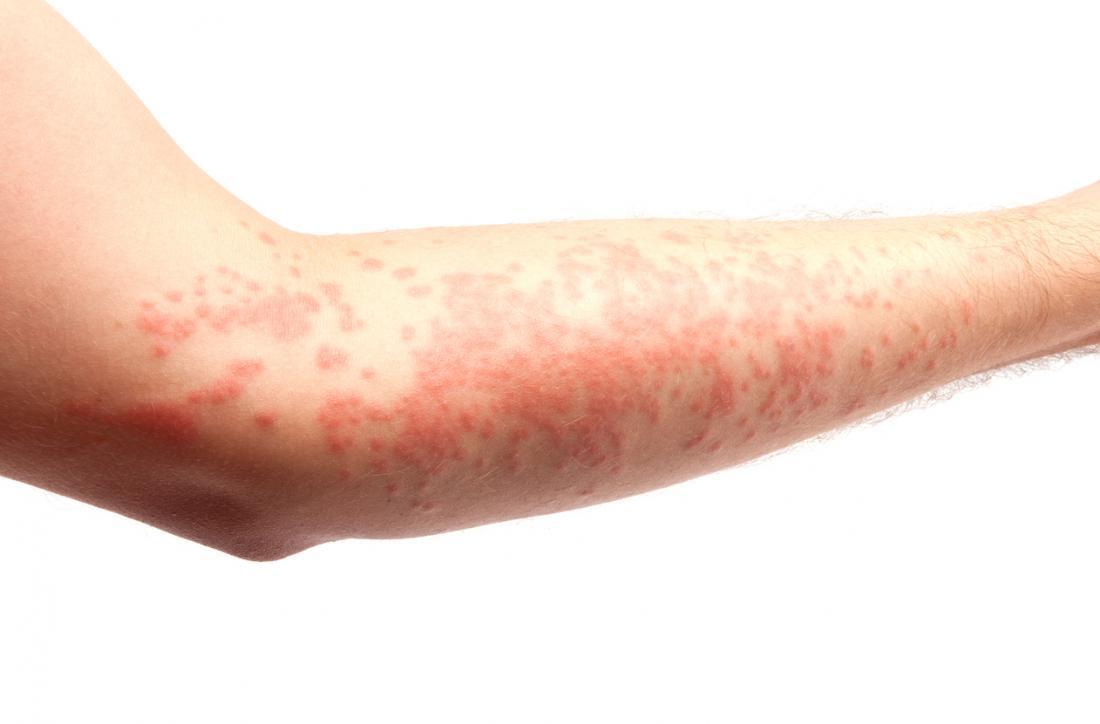Lifestyle and Beauty
A Dermatologist's Stretch Mark Survival Guide

Stretch marks are permanent scars that develop on the skin. They are extremely common and tend to appear as long, rippled streaks. Although stretch marks are physically harmless, they may affect the quality of life for some people.
How Are Stretch Marks Formed?
Truth is, anyone can develop stretch marks. However, women are more likely to have them than men.
Stretch marks are formed when the skin is suddenly stretched in a very short period of time. They tend to occur near areas where the body stores fat such as your breasts, abdomen, hips, thighs, and buttock.
Common Causes Of Stretch Marks
The human skin consists of three layers. Stretch marks are formed in the middle layer (dermis) when the connective tissue stretches beyond its limits. Typically, sudden expansion or contraction of the skin will cause the dermis to tear. And as the area heals, visible stretch marks will be left behind.
Common causes of stretch marks include:
- Puberty: Rapid growth is normal for teens undergoing puberty, which may inevitably lead to stretch marks.
- Pregnancy: As your baby grows, your body will expand, forming stretch marks. Furthermore, changes in your hormones during pregnancy may affect your skin, increasing the likelihood of stretch marks.
- Drastic Weight Gain: Putting on extra weight in an extremely short period of time may result in stretch marks. Also, bodybuilders who rapidly put on a lot of muscle mass may have them as well.
- Existing Medical Conditions: Certain health concerns such as Cushing’s disease, Marfan and Ehlers-Danlos syndromes will increase the probability of stretch marks. Other health conditions that cause a rapid weight gain or skin problems may also lead to stretch marks forming.
- Medication: The consumption of some drugs such as birth control pills and corticosteroids may increase the risk of stretch marks. Therefore, it is important to consult your doctor about the implications of any drugs before you consume them.
Stretch marks are permanent and will not go away on its own. However, they will usually fade, becoming a little lighter in colour over time, due to the pale fat emerging from beneath your skin.

Prevention
The reality is, there are no proven ways to prevent stretch marks completely.
However, there are various ways to largely reduce the risk of stretch marks. Below are some healthy tips you may wish to adopt:
- Maintaining a steady and healthy weight
- Drinking plenty of water to keep your skin hydrated. At least 6 to 8 glasses every day is highly recommended
- Strive for a balanced diet rich in minerals (zinc) and vitamins (Vitamin A, C, and D). Examples of such food include nuts, fish, sweet potatoes, etc.
- Consult your doctor on how to achieve slow and gradual weight gain during pregnancy to avoid a sudden spike on the scale
- Abstain from the yo-yo dieting
Latest Articles
How Are Abdominal Hernias Treated?
What to Expect from Colorectal Surgery
How to Treat Breast Inflammatory Conditions
Gynaecomastia: Understanding Male Breast Cancer
Treatment
1) Topical Medication
Topical creams are the most affordable treatment method available to reduce the unsightly stretch marks on your body. Although topical creams may not be able to completely remove your stretch marks, they are able to significantly lighten the tone if you apply them on a daily basis.
However, it is always best to discuss with your doctor before adopting any topical treatment remedies to avoid any possible side effects. Certain creams are simply not strong enough to treat your stretch marks or may contain ingredients that trigger allergic reactions.
2) Laser Therapy
Generally, laser therapy is the most effective for medium-tone skin types. The procedure involves lasers penetrating the skin, triggering regeneration. This will accelerate the healing process of targeted tissues around the stretch marks.
The main drawback of this treatment is the expensive cost and long treatment time as it can take up to 20 sessions for noticeable results.
3) Microdermabrasion
Microdermabrasion is a minimally invasive procedure that targets the upper layer (epidermis) of the skin. The procedure involves the use of tiny exfoliating crystals that are able to gently remove dead skin cells from the epidermis layer to rejuvenate it.
Although microdermabrasion is a safe procedure, the treatment needs to be repeated over a period of time to see results. Furthermore, the treatment may not be able to completely remove existing stretch marks. Effectiveness will depend on the initial severity of the stretch marks.
4) Cosmetic Surgery
Although expensive, cosmetic surgery is an effective option to permanently remove your stretch marks. Nonetheless, it is crucial to be aware that a surgical procedure may leave behind its own set of scars on your body.
Since there may be a number of health risks involved, this method is not suitable for everyone. Undergoing surgery is a great deal, remember to thoroughly discuss the implications and risks involved with your doctor.
There are many different factors that contribute to the formation of stretch marks. Depending on the cause, different stretch marks will require a unique treatment method. For severe cases, a combination of treatment will usually be necessary. Therefore, it is always recommended to discuss your options with a qualified dermatologist in search of the best method to treat your stretch marks.
Conclusion
Stretch marks are absolutely normal and pose no health risk to your body in the long run. These scars rarely remain as prominent as when they initially develop. They are only temporary problems that will eventually fade over time.
If you are deeply affected by the appearance of your stretch marks, speak to a board-certified dermatologist. They are equipped with the expertise to help you identify the cause of your stretch marks, before recommending you suitable treatment options.
Read this next ...
WHO WE ARE
About SOG Health Pte. Ltd.
Established in 2011, SOG Health Pte. Ltd. (“SOG”) is a leading healthcare service provider dedicated to delivering holistic health and wellness services to the modern family.
With a long and established track record in Singapore providing Obstetrics and Gynaecology (“O&G”) services such as pre-pregnancy counselling, delivery, pregnancy and post-delivery care, the Group has since further expanded its spectrum of healthcare services to include Paediatrics, Dermatology, and Cancer-related General Surgery (Colorectal, Breast & Thyroid).
The Group’s clinics, under its four operating segments of O&G, Paediatrics, Oncology and Dermatology, are strategically located throughout Singapore to provide easy access to its patients.
- Obstetrics
- Gynaecology
- GynaeOncology
- Breast, Thyroid & General Surgery
- Colorectal, Endoscopy & General Surgery
- Dermatology
- Paediatrics
Consult With A Specialist From SOG
Visit one of our specialists today to learn more about your health!
Recommended Dermatologist
Book An Appointment
Fill up this form and our clinic will get back to you shortly.
For general enquiries, please click here.



